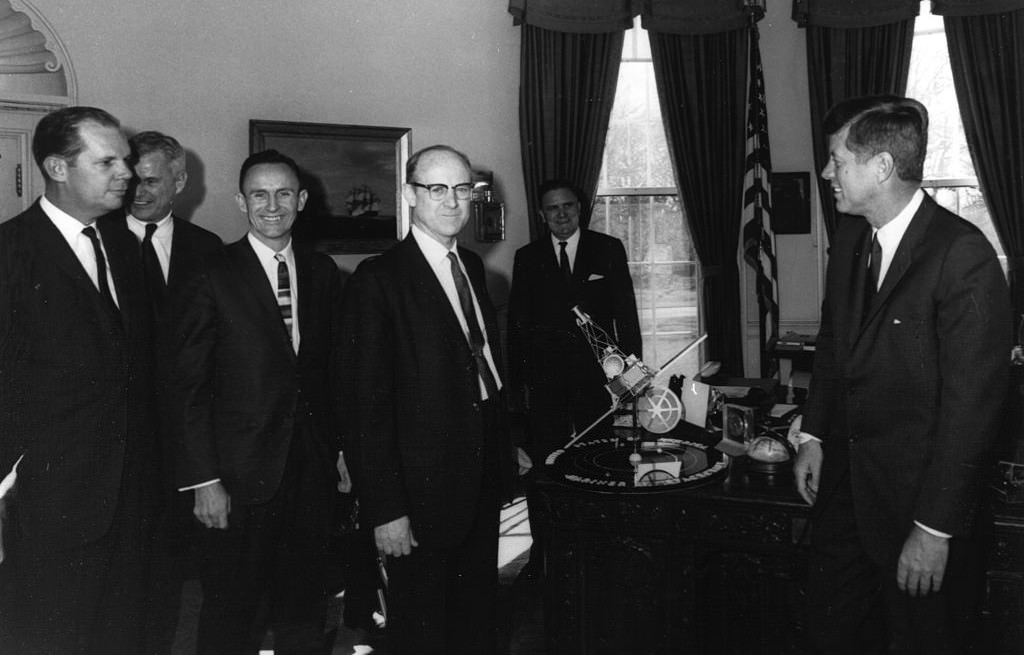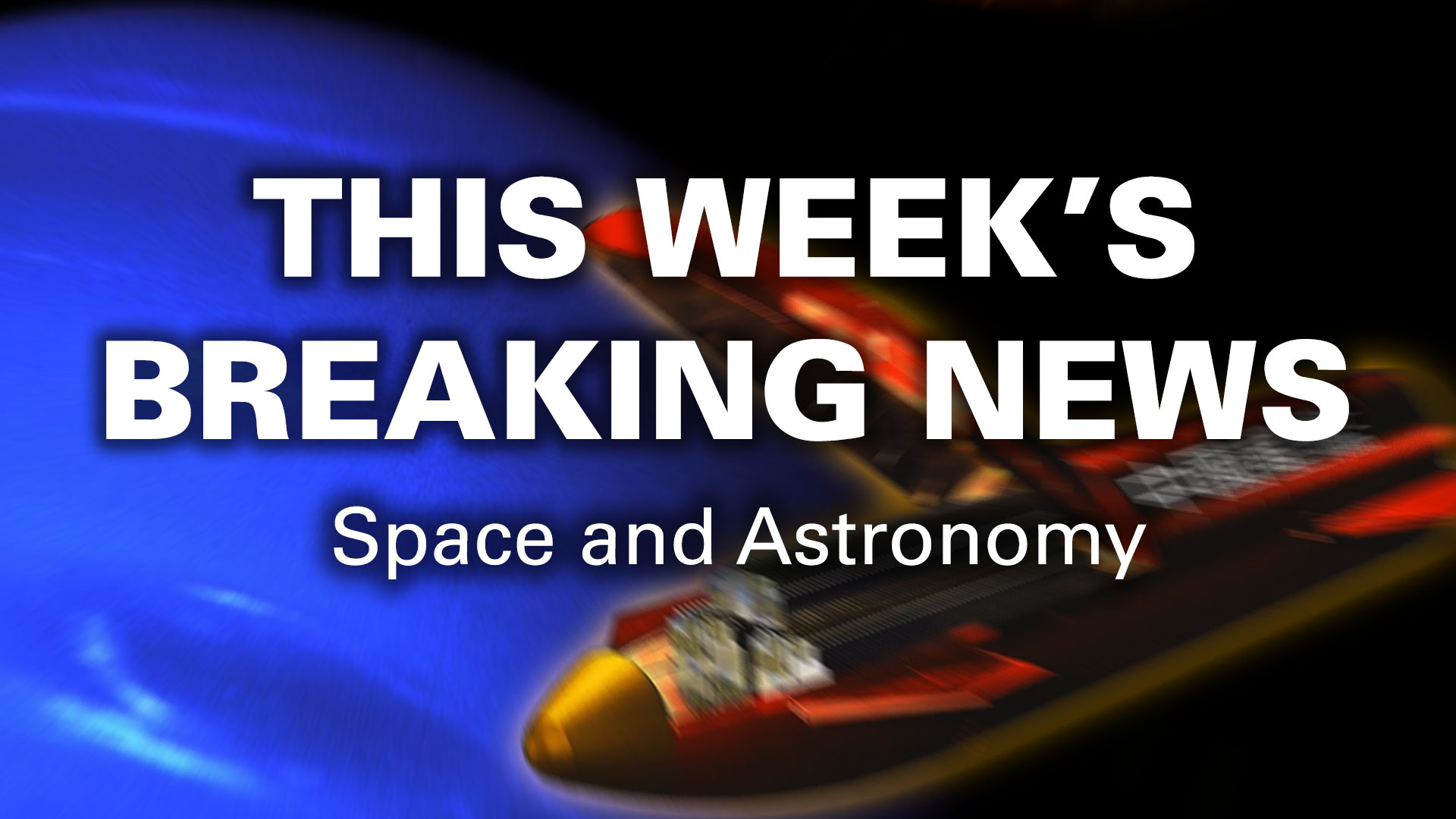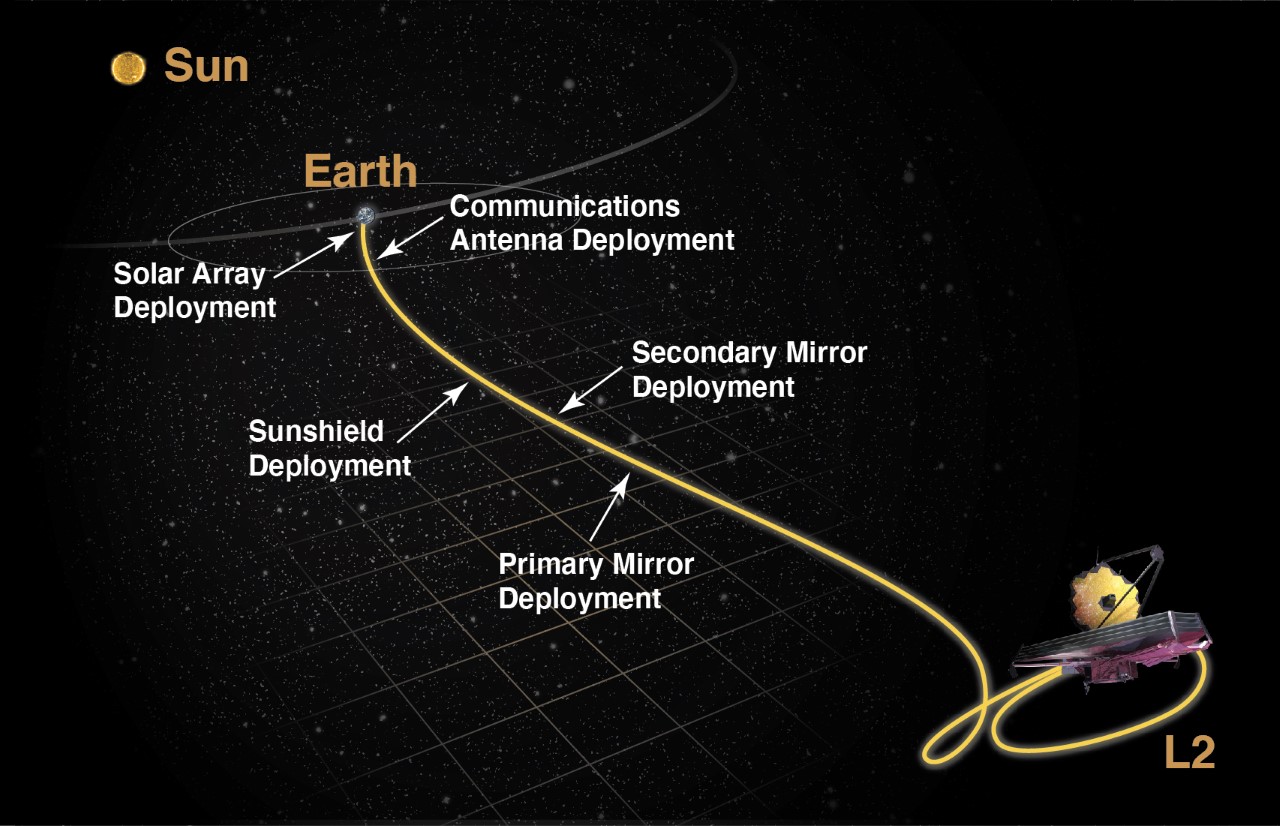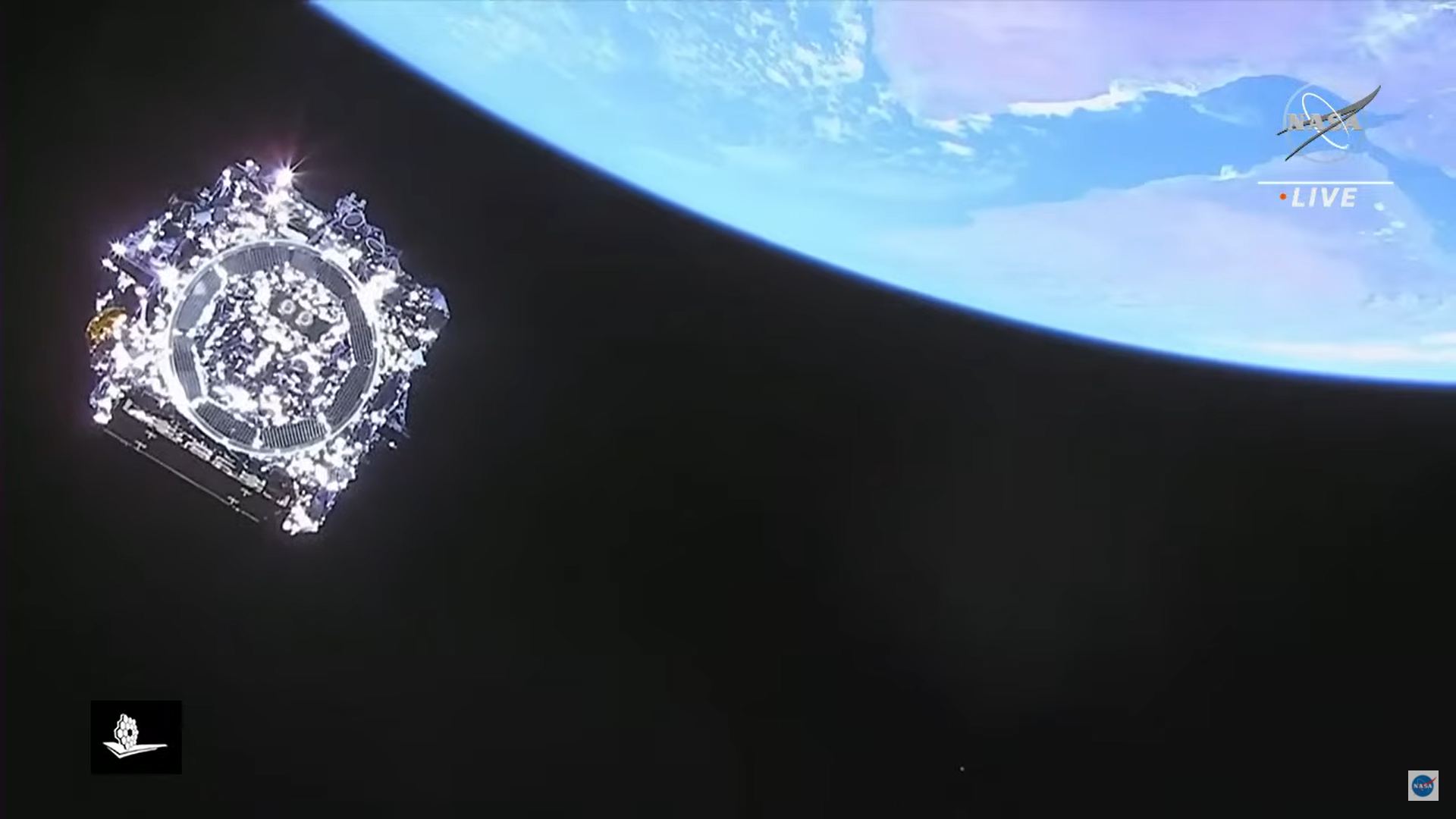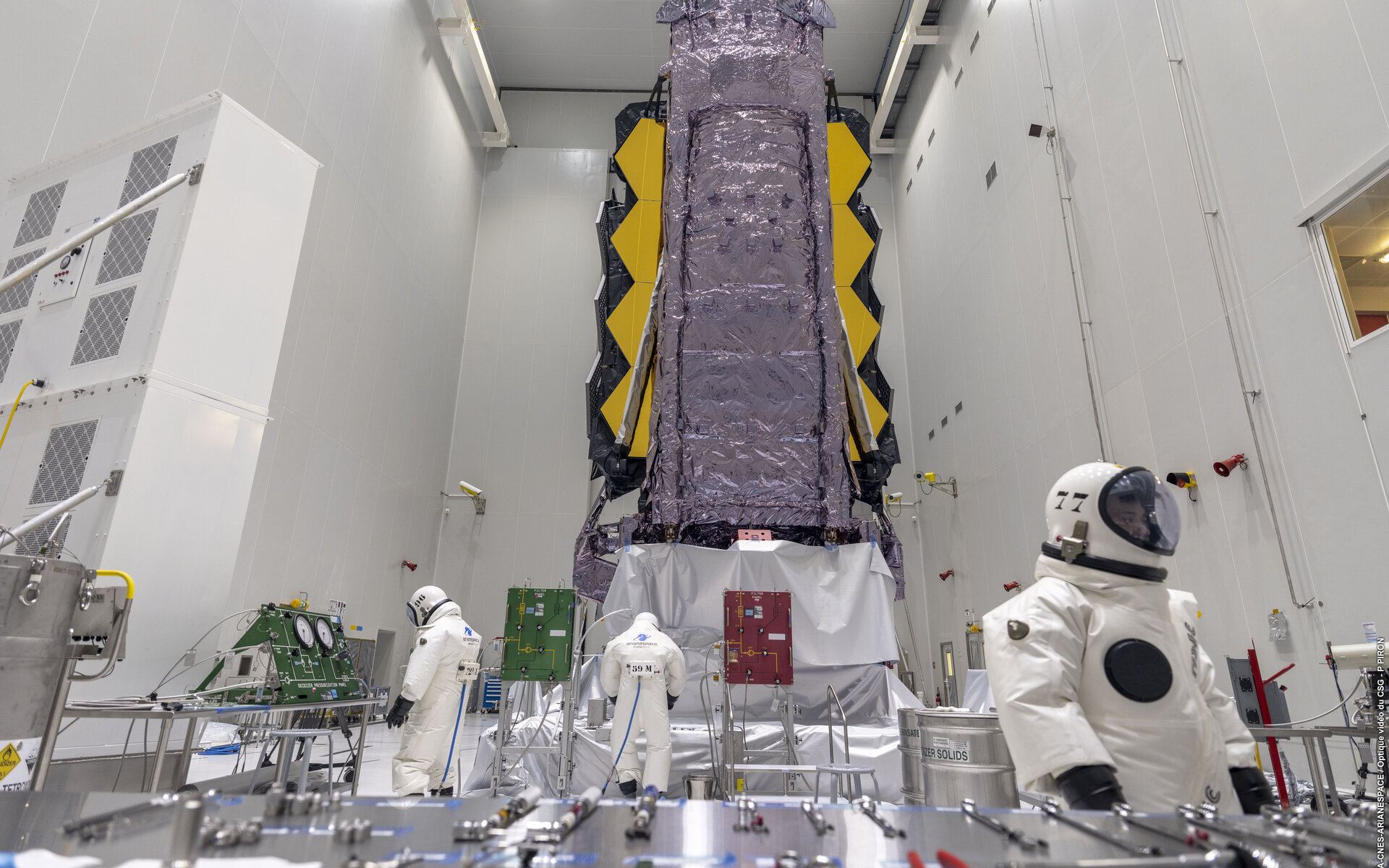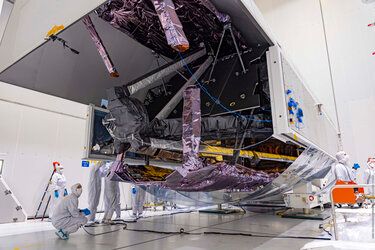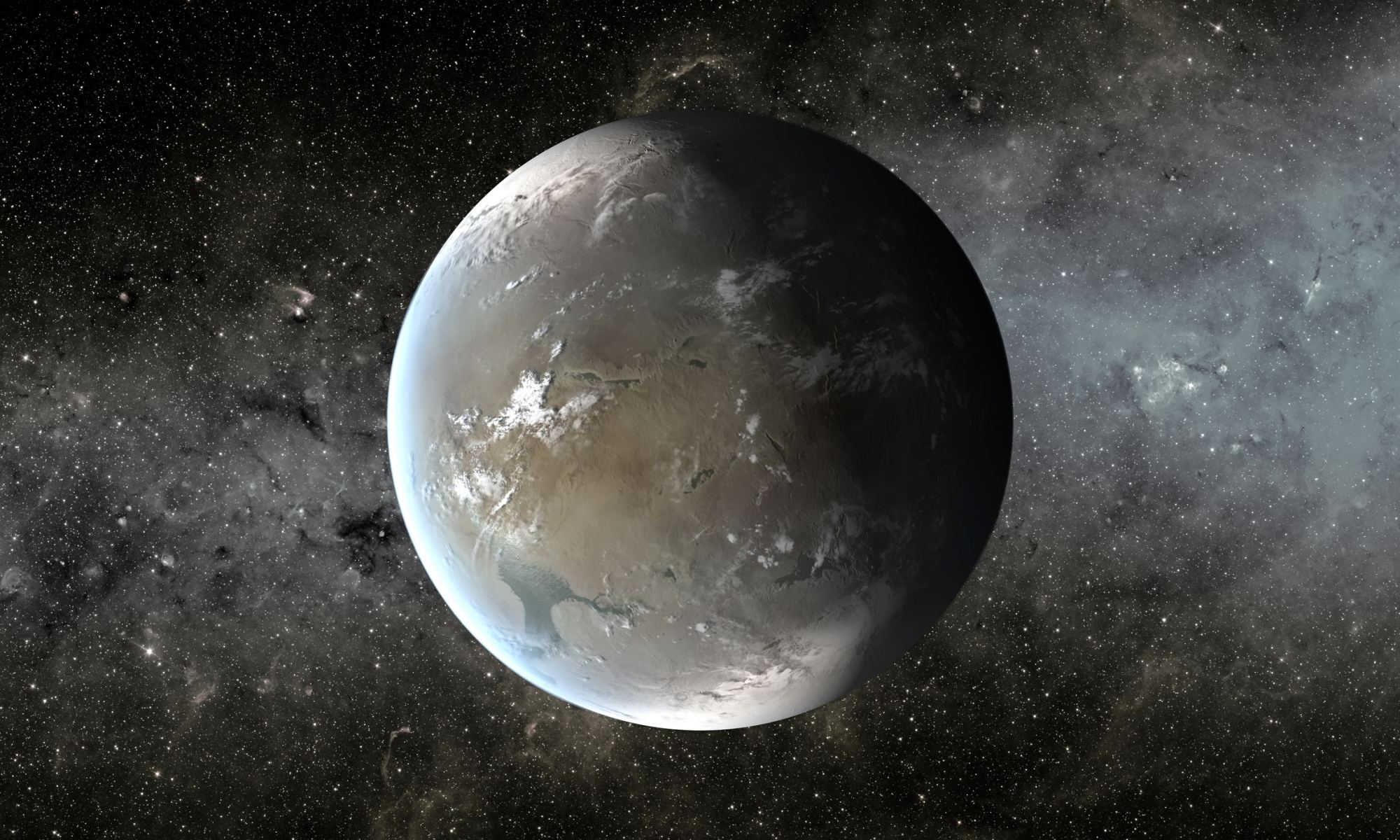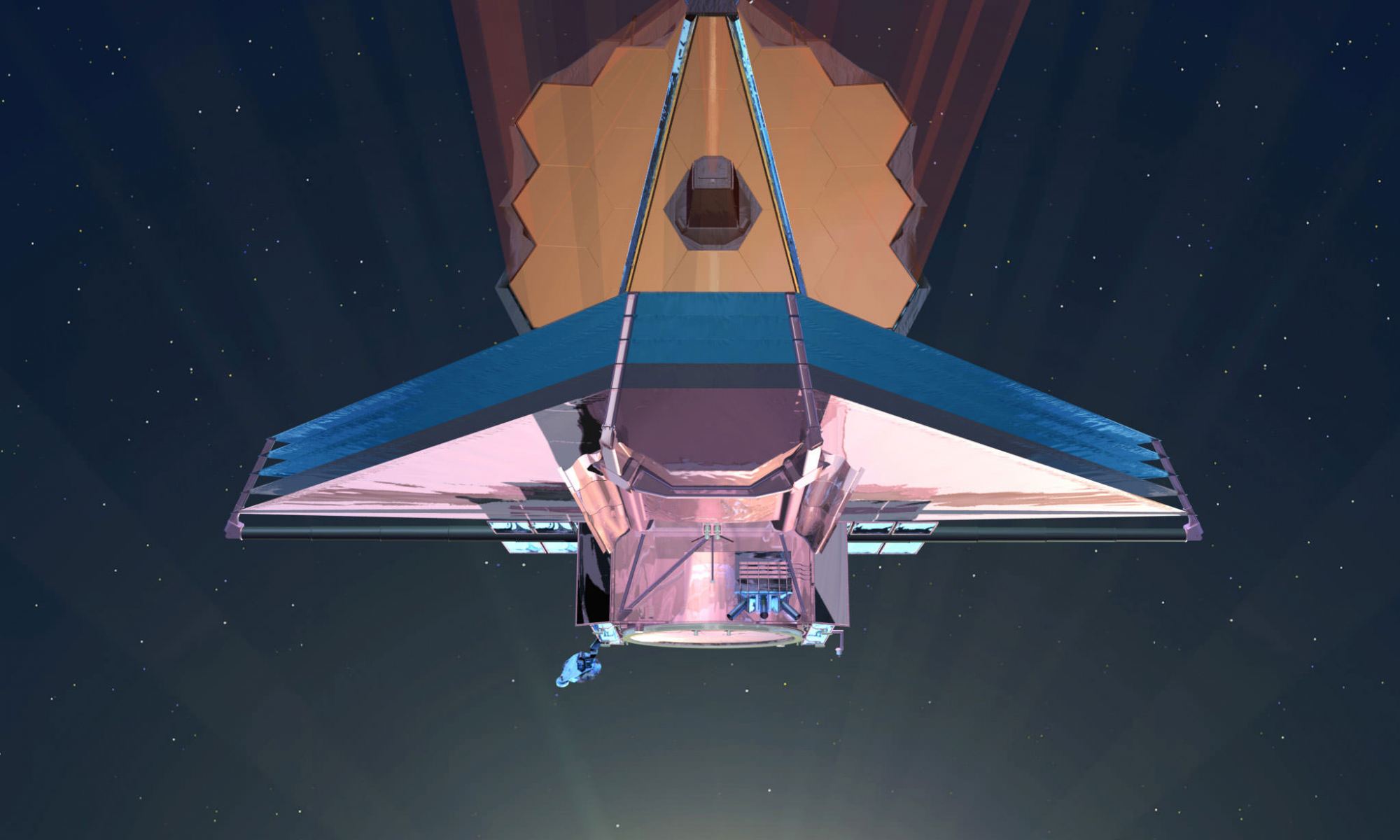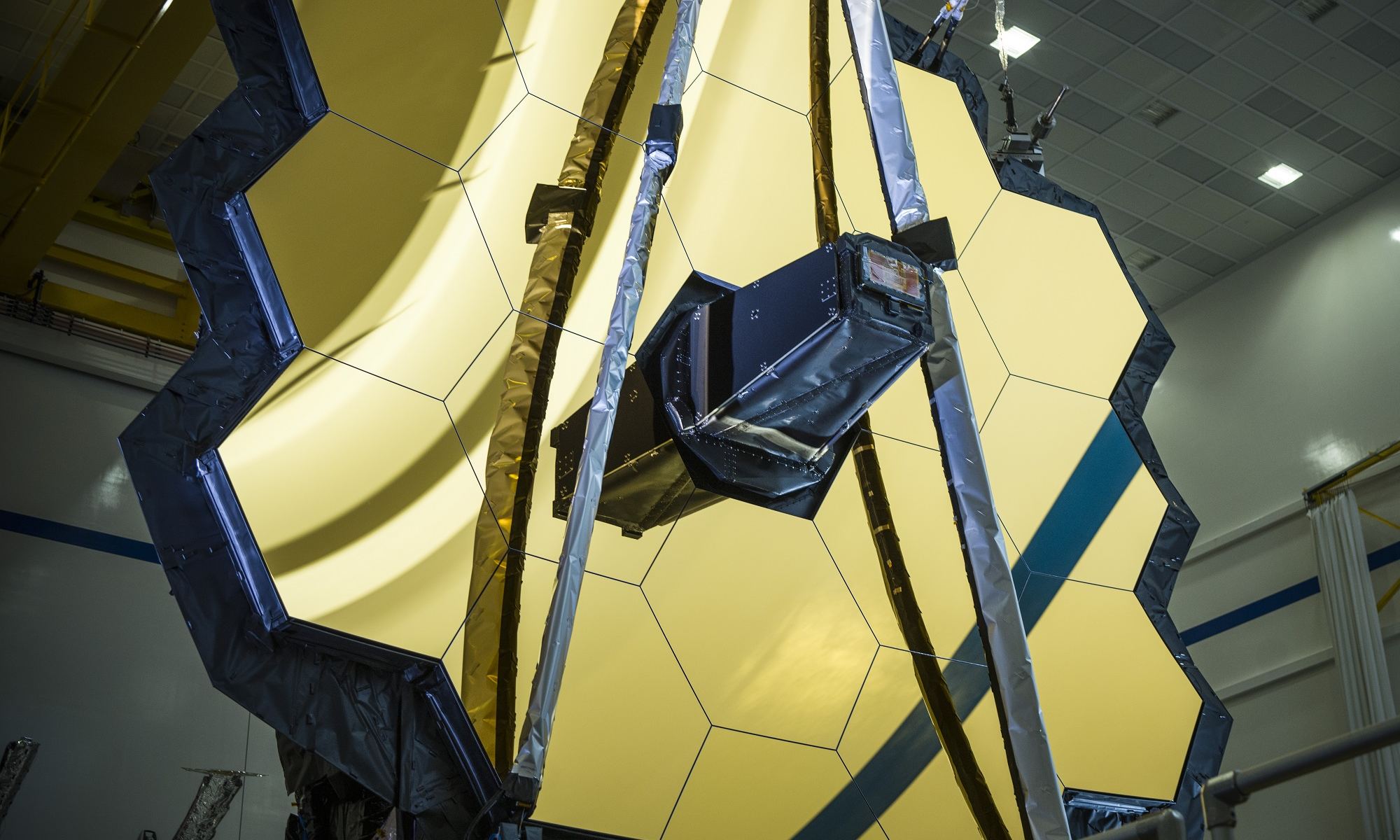NASA has announced the release of the James Webb History Report, a document detailing their investigation into the namesake of the next-generation space telescope that took to space on December 25th, 2021. Months before it launched, the observatory became the subject of controversy when it was revealed that Webb was involved in the so-called “Lavender Scare.” After reviewing the relevant documents and collections located by their historians, NASA decided not to rename its flagship observatory.
The Final Report, titled “NASA Historical Investigation into James E. Webb’s Relationship to the Lavender Scare,” was compiled by NASA Chief Historian Brian C. Odom (Ph.D., MLIS) and can be accessed through NASA’s servers.
Continue reading “NASA's Report Details a Dark Time in American History but Finds no Direct Evidence That Webb Fired People for Their Sexual Orientation”
